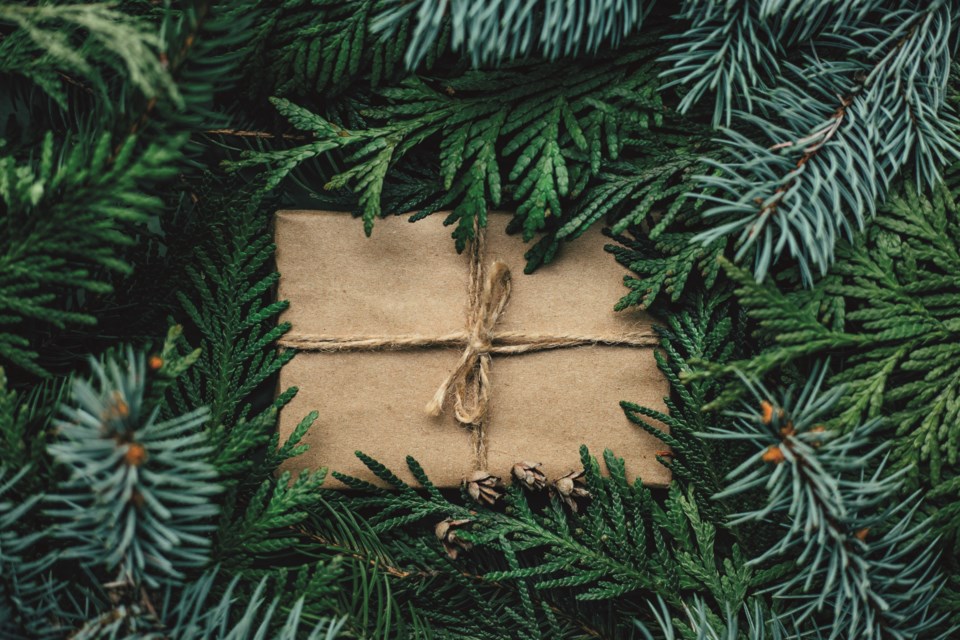Canada’s awaited ban on some single-use plastics products launched Tuesday just in time for Christmas, a holiday typically tied to a surge in plastics waste.
Ottawa is phasing out six harmful single-use plastic items, which will reduce the flow of microplastics into the marine environment, said Juan José Alava, a researcher at University of British Columbia.
“It’s a good step,” Alava, a principal investigator at the Ocean Pollution Research Unit, said, “because a large proportion of these plastics end up in the ocean.”
Checkout bags, non-recyclable takeout containers, straws, stir sticks and cutlery are no longer allowed to be manufactured or imported to the country, and a sales ban is slated for December 2023.
The ban on plastic six-pack rings — typically used to package pop or beers and infamous for their impacts on marine life — will start in June 2023.
Straws attached to containers like juice boxes will be banned by June 2024. And by the end of 2025, Ottawa will cease exporting any of the six plastic products, making Canada the first country to do so.
The ban is part and parcel of Canada’s 2030 zero plastic waste goal and efforts to spearhead a legally binding global treaty to end plastic pollution, Minister of Environment and Climate Change Steven Guilbeault said in a statement.
The phased timeline allows plastics producers time to retool their manufacturing process, the ministry said.
The banned items were targeted because they are commonly found in the environment, hurt wildlife and habitats, are difficult to recycle and have available alternatives, the government said.
Although the ban is cause for celebration, more change is needed from both government and consumers, Alava said.
Some 11 million tonnes of plastic waste flow annually into oceans — and that volume is anticipated to triple by 2040 if the status quo continues.
Microplastics — fragments less than five millimetres in length found in commercial products or created as larger plastics break down — have flooded the ocean environment, Alava said.
“Their footprint in the ocean is huge,” he said.
“There is no corner of our ocean that is plastic-free.”
The ban needs to widen to include items such as plastic bottles, Alava said.
More importantly, it’s necessary for Canada to divorce itself from the plastics industry altogether to meet its zero-waste goals, he added.
“We really need a cap on the production of new plastics in Canada.
“We need transitions on an industrial level to really innovate to create substitutes, some products other than plastic.”
It will also take a shift in consumers’ attitudes, particularly during the holiday season, to drive down plastic pollution, Alava said.
More than three million tonnes of plastic trash is discarded annually in Canada, and nearly half (47 per cent) is plastic packaging.
And during the Christmas season, household waste spikes by as much as 25 per cent, according Zero Waste Canada.
At Christmas, everyone is in a rush and overwhelmed by the array of plastic products and packaging, Alava said.
But people can reduce their plastic footprint by being more conscious of the choices they make during the holiday season. That could include not using plastic bags, buying goods with minimal packaging and avoiding plastic decorations or ornaments.
“When we’re thinking about the next thing we are going to buy, we should think about getting a plastic-free item.”




